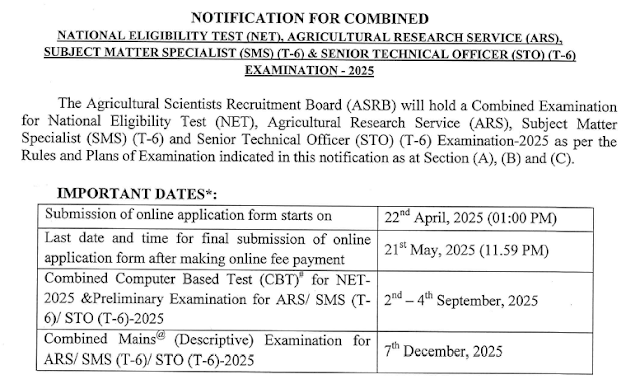Tracing the Three Domains of Life: A Systematic Journey Through Biological Classification
- By Farin Khatoon
The vast diversity of life on Earth—ranging from microscopic archaea to towering redwood trees—demands a systematic framework to study, understand, and communicate about organisms. Biological classification, also known as taxonomy, offers that structure. Over the centuries, several eminent scientists have contributed to its evolution, culminating in the Three-Domain System that underpins modern biology.
This academic blog explores the key milestones, classification systems, and the enigmatic non-cellular entities—viruses, bacteriophages, viroids, and prions—that challenge the traditional boundaries of life.
A Historical Timeline of Classification Systems
📍 Aristotle (384–322 BCE)
The earliest documented attempt at classifying living organisms came from Aristotle, who grouped animals based on their habitat—land, water, or air. Though rudimentary, his approach laid the foundation for later classification systems.
📍 Carolus Linnaeus (1707–1778)
Often called the “Father of Taxonomy,” Linnaeus introduced the Two-Kingdom System—Plantae and Animalia—and formalized binomial nomenclature, giving every organism a two-part scientific name (e.g., Homo sapiens).
📍 Ernst Haeckel (1866)
Haeckel introduced a third kingdom, Protista, to accommodate organisms that did not fit well into Plantae or Animalia, such as protozoa and algae.
📍 H.F. Copeland (1956)
Recognizing the distinct nature of prokaryotes, Copeland proposed a separate kingdom called Monera, encompassing bacteria and blue-green algae (now known as cyanobacteria).
📍 R.H. Whittaker (1969)
Whittaker proposed the Five-Kingdom System, introducing Fungi as a separate kingdom and organizing life into:
-
Monera
-
Protista
-
Fungi
-
Plantae
-
Animalia
This system was based on cell structure, mode of nutrition, and level of organization.
A Molecular Revolution: The Three-Domain System
📍 Carl Woese (1977)
Using molecular data, particularly 16S rRNA sequencing, Woese discovered that prokaryotes could be split into two genetically distinct groups. This led to the Three-Domain System:
-
Bacteria – True prokaryotes with peptidoglycan in their cell walls.
-
Archaea – Prokaryotes without peptidoglycan, often extremophiles, and genetically more similar to eukaryotes.
-
Eukarya – All organisms with membrane-bound organelles and a true nucleus, including protists, fungi, plants, and animals.
This system provided a clearer evolutionary framework and placed Eukarya as descendants of Archaea, rather than as sister groups.
A Glimpse at the Domains
Domain Bacteria
-
Unicellular, prokaryotic organisms.
-
Cell walls contain peptidoglycan.
-
Membranes with unbranched fatty acids.
-
Asexual reproduction, often by binary fission.
-
Includes cyanobacteria, mycoplasmas, and various pathogenic and commensal microbes.
-
Categorized into groups like:
-
Cyanobacteria (photosynthetic)
-
Chlamydiae (obligate intracellular parasites)
-
Firmicutes (Gram-positive bacteria)
-
Proteobacteria (Gram-negative bacteria)
-
Spirochetes (helically shaped bacteria)
-
Domain Archaea
-
Also prokaryotic but lack peptidoglycan.
-
Membrane lipids with branched chains and ether linkages.
-
Include extremophiles like:
-
Crenarchaeota (hyperthermophiles)
-
Euryarchaeota (methanogens)
-
Korarchaeota (least known and possibly ancient)
-
-
Share molecular machinery for replication and transcription with eukaryotes.
Domain Eukarya
-
Unicellular and multicellular organisms with a true nucleus and membrane-bound organelles.
-
Includes four kingdoms:
-
Protista: Mostly unicellular, includes algae, protozoa, slime molds.
-
Fungi: Heterotrophic, with chitinous cell walls. Includes yeasts, molds, and mushrooms.
-
Plantae: Multicellular autotrophs with cellulose cell walls.
-
Animalia: Multicellular heterotrophs lacking cell walls.
-
Non-Cellular Entities: At the Edge of Life
Not all infectious agents fit neatly into the domain-based system. Some lack cells entirely, raising the question: Are they truly alive?
Viruses
-
Acellular entities composed of DNA or RNA within a protein coat (capsid).
-
Obligate parasites—require host machinery to replicate.
-
Cause diseases like influenza, HIV/AIDS, and COVID-19.
-
Example: Bacteriophage – a virus that infects bacteria, widely used in molecular biology.
Viroids
-
Discovered by Theodor Diener in 1971.
-
Short strands of naked circular RNA.
-
Infect plants, causing diseases like potato spindle tuber.
-
Lack a protein coat.
Prions
-
Infectious protein particles without nucleic acids.
-
Cause neurodegenerative diseases like:
-
Creutzfeldt-Jakob disease
-
Mad cow disease
-
-
Prions propagate by inducing misfolding of normal proteins in the host brain.
Why Does Biological Classification Matter?
-
Enables identification and naming of organisms universally.
-
Clarifies evolutionary relationships and ecological roles.
-
Facilitates communication in science and medicine.
-
Provides insights into biodiversity, conservation, and biotechnology.
Conclusion
Biological classification is far more than naming organisms—it's about understanding the complex tapestry of life on Earth. From Aristotle’s first attempts to Woese’s RNA-based revolution, classification has continuously evolved to reflect our growing knowledge of genetics, evolution, and cell biology.
The Three Domains of Life—Bacteria, Archaea, and Eukarya—offer a comprehensive, evolutionary framework for organizing life. Yet, non-cellular entities like viruses, prions, and viroids continue to challenge our definitions of life, reminding us that biology is not static but a dynamic field shaped by discovery.


Comments